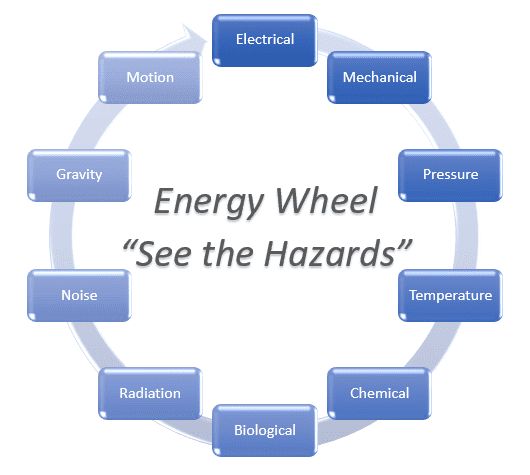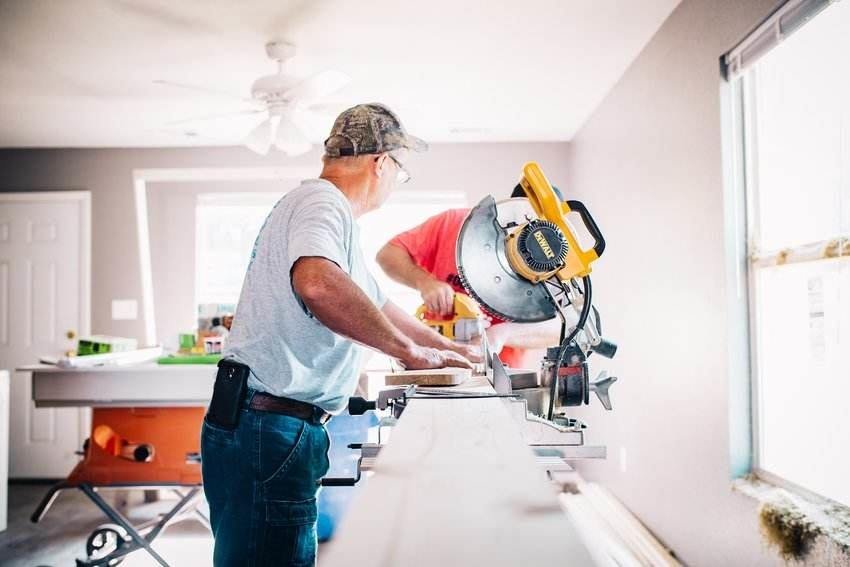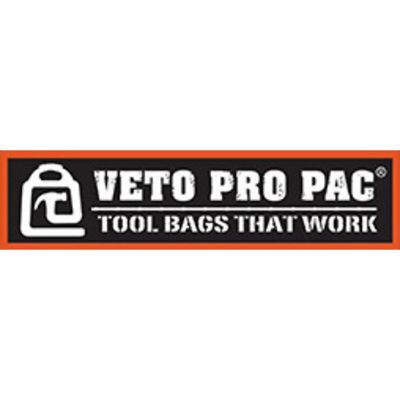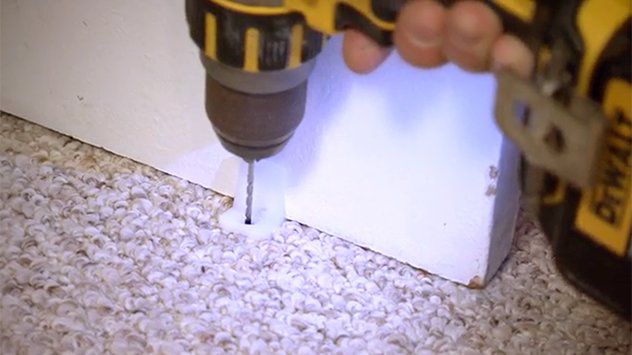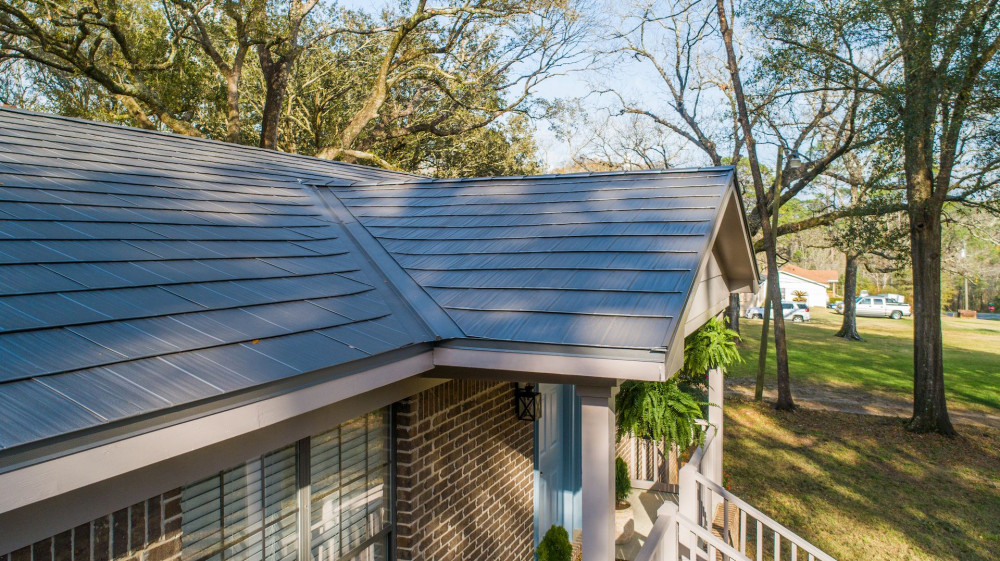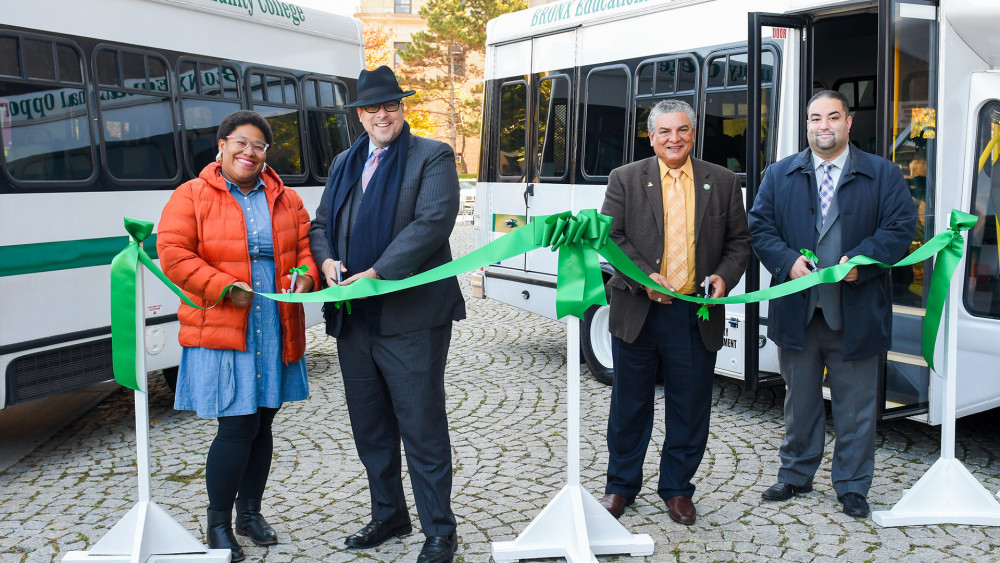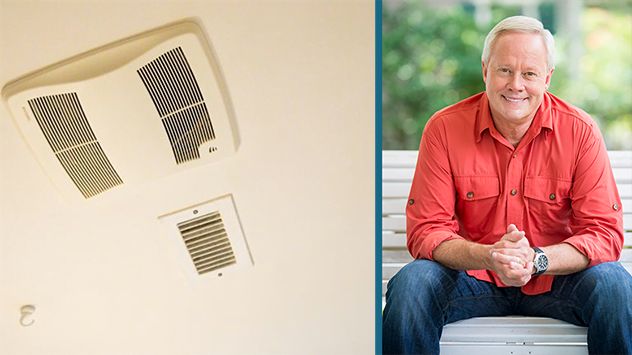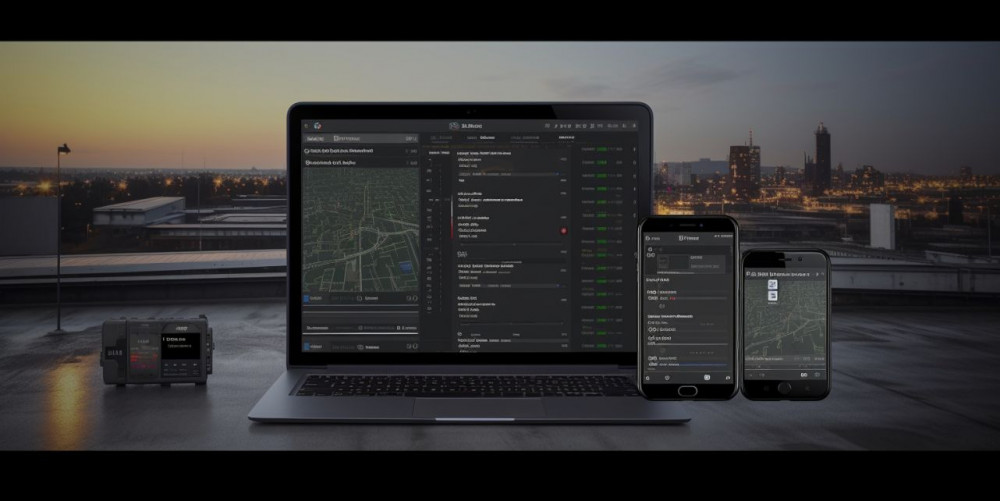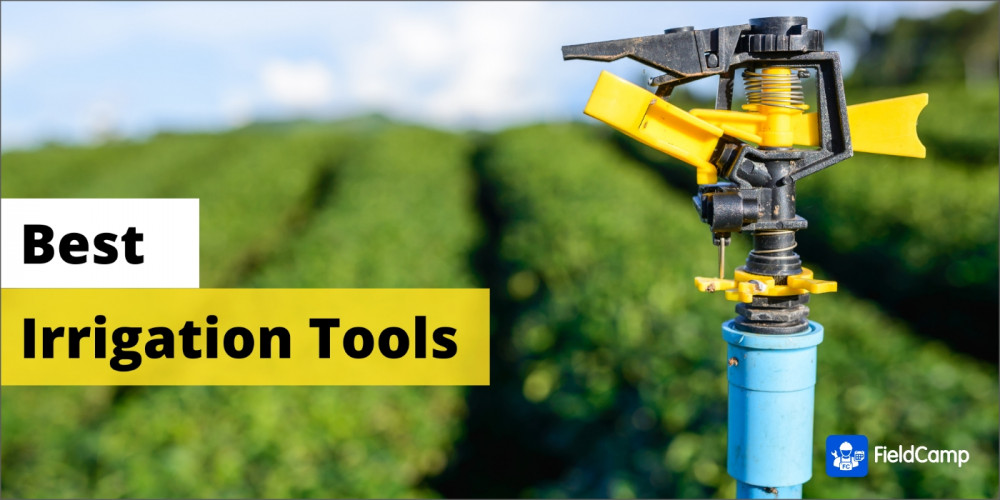A heat pump is a device that provides heat energy from a source of heat to a destination called a "heat sink". Heat pumps are designed to move thermal energy opposite to the direction of spontaneous heat flow by absorbing heat from a cold space and releasing it to a warmer one. A heat pump uses some amount of external power to accomplish the work of transferring energy from the heat source to the heat sink.
In heating, ventilation and air conditioning (HVAC) applications, the term heat pump usually refers to easily reversible vapor-compression refrigeration devices optimized for high efficiency in both directions of thermal energy transfer.
Reversible heat pumps work in either thermal direction to provide heating or cooling to the internal space. They employ a reversing valve to reverse the flow of refrigerant from the compressor through the condenser and evaporation coils.
- In heating mode, the outdoor coil is an evaporator, while the indoor is a condenser. The refrigerant flowing from the evaporator (outdoor coil) carries the thermal energy from outside air (or soil) indoors, after the vapour temperature has been augmented by compressing it. The indoor coil then transfers thermal energy (including energy from the compression) to the indoor air, which is then moved around the inside of the building by an air handler. Alternatively, thermal energy is transferred to water, which is then used to heat the building via radiators or underfloor heating. The heated water may also be used for domestic hot water consumption. The refrigerant is then allowed to expand, cool, and absorb heat to reheat to the outdoor temperature in the outside evaporator, and the cycle repeats. This is a standard refrigeration cycle, save that the "cold" side of the refrigerator (the evaporator coil) is positioned so it is outdoors where the environment is colder. In cold weather, the outdoor unit is intermittently defrosted by briefly switching to the cooling mode. This will cause the auxiliary or Emergency heating elements (located in the air-handler) to be activated. At the same time, the frost on the outdoor coil will quickly be melted due to the warm refrigerant. The condenser/evaporator fan will not run during defrost mode.
- In cooling mode the cycle is similar, but the outdoor coil is now the condenser and the indoor coil (which reaches a lower temperature) is the evaporator. This is the familiar mode in which air conditioners operate.
Mechanical heat pumps exploit the physical properties of a volatile evaporating and condensing fluid known as a refrigerant. The heat pump compresses the refrigerant to make it hotter on the side to be warmed, and releases the pressure at the side where heat is absorbed.
Heat is typically transported through engineered heating or cooling systems by using a flowing gas or liquid. Air is sometimes used, but quickly becomes impractical under many circumstances because it requires large ducts to transfer relatively small amounts of heat. In systems using refrigerant, this working fluid can also be used to transport heat a considerable distance, though this can become impractical because of increased risk of expensive refrigerant leakage. When large amounts of heat are to be transported, water is typically used, often supplemented with antifreeze, corrosion inhibitors, and other additives.
A common source or sink for heat in smaller installations is the outside air, as used by an air-source heat pump. A fan is needed to improve heat exchange efficiency.
There are millions of domestic installations using common air source electric heat pumps. They are used in climates with moderate space heating and cooling needs (HVAC) and may also provide domestic hot water. The purchase costs are supported in various countries by consumer rebates.
In HVAC luck, a heat pump is typically a vapor-compression refrigeration device that includes a reversing valve and optimized heat exchangers so that the direction of heat flow (thermal energy movement) may be reversed. The reversing valve switches the direction of refrigerant through the cycle and therefore the heat pump may deliver either heating or cooling to a building. In cooler climates, the default setting of the reversing valve is heating. The default setting in warmer climates is cooling. Because the two heat exchangers, the condenser and evaporator, must swap functions, they are optimized to perform adequately in both modes. Therefore, the efficiency of a reversible heat pump is typically slightly less than two separately optimized machines.
In plumbing applications, a heat pump is sometimes used to heat or preheat water for swimming pools or domestic water heaters; the heat energy removed from an air-conditioned space may be recovered for heating water.
Commissioned in 2011 this district heating extracts heat from a fjord whose temperature is around 8 °C using 3 systems giving a combined capacity of 14 megawatts to town center residences and businesses. A city ordinance mandates this heating system for many new buildings.
Until the 1990s, the refrigerants were often chlorofluorocarbons such as R-12 (dichlorodifluoromethane), one in a class of several refrigerants using the brand name Freon, a trademark of DuPont. Its manufacture was discontinued in 1995 because of the damage that CFCs cause to the ozone layer if released into the atmosphere.
Both indoor and outdoor heat pump units contain moving mechanical components which produce noise. In 2013, the CEN started work on standards for protection from noise pollution caused by heat pump outdoor units. Although the CEN/TC 113 Business Plan outset was that "consumers increasingly require a low acoustic power of these units as the users and their neighbours now reject noisy installations", no standards for noise barriers or other means of noise protection were developed by January 2016.
When comparing the performance of heat pumps, it is best to avoid the word "efficiency", which has a very specific thermodynamic definition. The term coefficient of performance (COP) is used to describe the ratio of useful heat movement per work input. Most vapor-compression heat pumps use electrically powered motors for their work input.
The COP increases as the temperature difference, or "lift", decreases between heat source and destination. The COP can be maximized at design time by choosing a heating system requiring only a low final water temperature (e.g. underfloor heating), and by choosing a heat source with a high average temperature (e.g. the ground). Domestic hot water (DHW) and conventional heating radiators require high water temperatures, reducing the COP that can be attained, and affecting the choice of heat pump technology.
The two main types of heat pumps are compression and absorption. Compression heat pumps operate on mechanical energy (typically driven by electricity), while absorption heat pumps may also run on heat as an energy source (from electricity or burnable fuels). An absorption heat pump may be fueled by natural gas or LP gas, for example. While the gas utilization efficiency in such a device, which is the ratio of the energy supplied to the energy consumed, may average only 1.5, that is better than a natural gas or LP gas furnace, which can only approach 1.
By definition, all heat sources for a heat pump must be colder in temperature than the space to be heated. Most commonly, heat pumps draw heat from the air (outside or inside air) or from the ground (groundwater or soil).
Air-air heat pumps, that extract heat from outside air and transfer this heat to inside air, are the most common type of heat pumps and the cheapest. These are similar to air conditioners operating in reverse. Air-water heat pumps are otherwise similar to air-air heat pumps, but they transfer the extracted heat into a water heating circuit, floor heating being the most efficient ground-water heat pumps are more efficient than air-water heat pumps, and therefore they are often the better choice for providing heat for the floor heating and domestic hot water systems.
Ground-source heat pumps, also called geothermal heat pumps, typically have higher efficiencies than air-source heat pumps. This is because they draw heat from the ground or groundwater which is at a relatively constant temperature all year round below a depth of about 30 feet (9 m). This means that the temperature differential is lower, leading to higher efficiency. Well maintained ground-source heat pumps typically have COPs of 4.0 at the beginning of the heating season, with lower seasonal COPs of around 3.0 as heat is drawn from the ground. The tradeoff for this improved performance is that a ground-source heat pump is more expensive to install, due to the need for the drilling of boreholes for vertical placement of heat exchanger piping or the digging of trenches for horizontal placement of the piping that carries the heat exchange fluid (water with a little antifreeze).
Hybrid (or twin source) heat pumps: when outdoor air is above 4 to 8 Celsius, (40-50 Fahrenheit, depending on ground water temperature) they use air; when air is colder, they use the ground source. These twin source systems can also store summer heat, by running ground source water through the air exchanger or through the building heater-exchanger, even when the heat pump itself is not running. This has dual advantage: it functions as a low running cost for air cooling, and (if ground water is relatively stagnant) it cranks up the temperature of the ground source, which improves the energy efficiency of the heat pump system by roughly 4% for each degree in temperature rise of the ground source.
The air/water-brine/water heat pump is a hybrid heat pump, developed in Rostock, Germany, that uses only renewable energy sources. Unlike other hybrid systems, which usually combine both conventional and renewable energy sources, it combines air and geothermal heat in one compact device. The air/water-brine/water heat pump has two evaporators — an outside air evaporator and a brine evaporator — both connected to the heat pump cycle. This allows use of the most economical heating source for the current external conditions (for example, air temperature). The unit automatically selects the most efficient operating mode — air or geothermal heat, or both together. The process is controlled by a control unit, which processes the large amounts of data delivered by the complex heating system.
Heat pumps are only highly efficient when they generate heat at a low temperature differential, ideally around or below 32 °C (90 °F). Normal steel plate radiators are not practical, because they would need to be four to six times their current size. Underfloor heating is one ideal solution. When wooden floors or carpets would spoil efficiency, wall heaters (plastic pipes covered with a thick layer of chalk) and piped ceilings can be used. These systems have the disadvantage that they are slow starters, and that they would require extensive renovation in existing buildings.
In 1881, the German physicist Emil Warburg put a block of iron into a strong magnetic field and found that it increased very slightly in temperature. Some commercial ventures to implement this technology are underway, claiming to cut energy consumption by 40% compared to current domestic refrigerators. The process works as follows: Powdered gadolinium is moved into a magnetic field, heating the material by 2 to 5 °C (4 to 9 °F). The heat is removed by a circulating fluid. The material is then moved out of the magnetic field, reducing its temperature below its starting temperature.
Solid state heat pumps using the thermoelectric effect have improved over time to the point where they are useful for certain refrigeration tasks. Thermoelectric (Peltier) heat pumps are generally only around 10-15% as efficient as the ideal refrigerator (Carnot cycle), compared with 40–60% achieved by conventional compression cycle systems (reverse Rankine systems using compression/expansion); however, this area of technology is currently the subject of active research in materials science.A reason why this is popular is because it has a "long lifetime" as there are no moving parts and it does not use potentially hazardous refrigerants.
Near-solid-state heat pumps using thermoacoustics are commonly used in cryogenic laboratories.
Milestones:
- 1748: William Cullen demonstrates artificial refrigeration.
- 1834: Jacob Perkins builds a practical refrigerator with diethyl ether.
- 1852: Lord Kelvin describes the theory underlying heat pump.
- 1855–1857: Peter von Rittinger develops and builds the first heat pump.
- 1948: Robert C. Webber is credited as developing and building the first ground heat pump.
